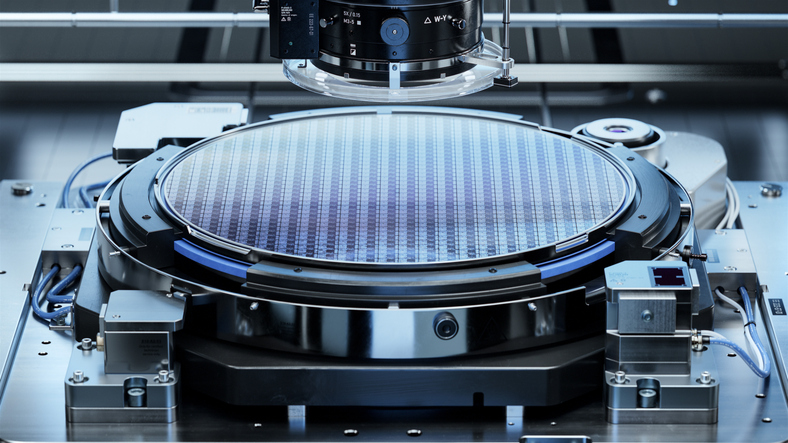A Spin On Curable SIO Containing Polymer Based Resist for Micro and Nanoimprinting Lithography
TECHNOLOGY NUMBER: 4016

OVERVIEW
Advanced UV-curable materials for nanoimprint lithography in integrated circuit manufacturing
- Provides higher precision, throughput, and easier processing condition
- Electronics, photonics, optical and magnetic data storage, biotechnology
BACKGROUND
Nanoimprint lithography (NIL) has emerged as a promising alternative to traditional photolithography for the fabrication of integrated circuits. Historically, photolithography has been the standard method, but it faces limitations such as high costs and difficulties in scaling down to molecular dimensions. Existing NIL methods have struggled due to the lack of suitable resist materials, which are crucial for achieving high precision, uniformity, and durability. Traditional resists often require high pressure and temperature settings, which increase production costs and complexities. Therefore, the development of an advanced material system that can act effectively as a nanoimprint resist is needed to overcome these challenges. This would enable molecular scale replication with high accuracy and throughput, thereby improving the efficiency and cost-effectiveness of integrated circuit manufacturing.
INNOVATION
The University of Michigan has developed a novel UV-curable material system based on photocurable silsesquioxane (SSQ) resin tailored for nanoimprint lithography. This resin can be spin-coated uniformly onto various substrates, with precisely controlled thickness. Its low viscosity enables rapid imprinting at room temperature and under low pressure, significantly simplifying the manufacturing process. The material offers superior dry etching resistance, facilitating a cleaner separation of the cured film from the mask. Additionally, the high modulus of the cured resin allows for the creation of nano and micro features with high aspect ratios, supporting high throughput rates. This innovation paves the way for various applications, including electronics, photonics, optical and magnetic recordings, and biotechnology, all benefiting from improved efficiency, reduced costs, and enhanced precision in fabrication.
ADDITIONAL INFORMATION
INTELLECTUAL PROPERTY:
US8293354 “UV curable silsesquioxane resins for nanoprint lithography”